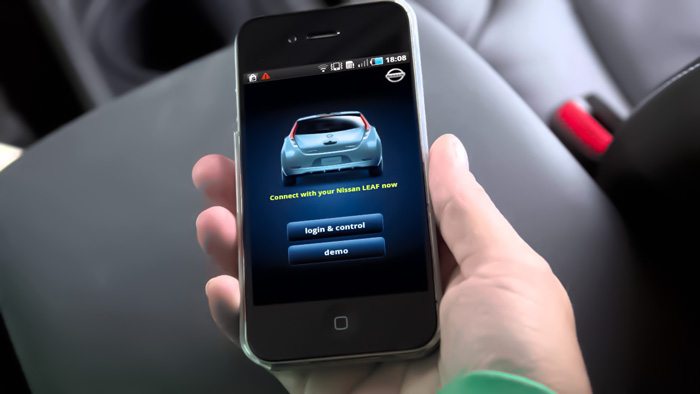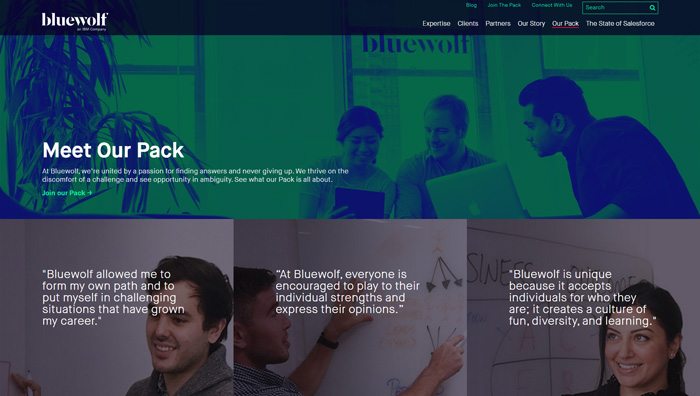When it comes to video games it’s hard to ignore the numbers.
It was less than 5 years ago in 2009 when the amount of money Brits were spending on gaming surpassed the money spent on films (cinema and DVD) in the same year.
Gaming sometimes gets a rough time of it when it comes to media coverage. Critics argue that it makes us more sedentary, it can encourage violence and increases social isolation. Those things may be true to a certain extent but we should take a balanced view. Video games also provide a myriad of benefits you might not be aware of such as:
- Measurably enhanced fine motor and spatial skills
- Better decision making skills
- Basic computing skills that would serve you well in industry
An excellent TED talk by brain scientist Daphne Bavelier called ‘Your brain on video games’ reveals amazing things that video games can do to improve brain function.
Whatever your take on video games as a source of entertainment there is one thing that isn’t up for debate:
Video games are incredibly powerful at creating engagement.
People will play video games for hours on end and keep coming back for more, often playing the same game for several years.
The great news is that businesses can harness the techniques used in game design to create a deep level of engagement and motivation within their customer base and even amongst their workforce.
So how does it work?
Well most people assume that creating a great game is like writing a great novel or a piece of music. In other words It is hit and miss and completely subjective. Whilst this might be true of certain elements of a game the way that engagement and motivation is developed is much more scientific.
Gamification can encourage your customers and employees to engage in certain desired behaviours by appealing to our natural psychological predisposition to engage in gameplay.
So let’s take a look at just a handful of the techniques you can employ to harness the power of gamification:
Rewards
A reward is a form of positive reinforcement designed to make you feel good when you receive it. That feel good feeling is the key ingredient. You can reward your customers with virtual goods or points for performing certain tasks like making a purchase, signing up or completing a form. Collecting these points can then be used to unlock privileges such as discounts, additional content or prize draws.
Similarly you can create powerful structured reward systems for employees based on measurable KPIs. The ability to shape employee behaviour via gamification should not be underestimated.
Loss Aversion
We know that rewards and incentives work well. What is perhaps more interesting is that behavioural psychology shows us that most people strongly prefer avoiding loss when compared to receiving rewards.
You can do some interesting things with this knowledge when thinking about how to shape employee and consumer behaviour.
A simple way to achieve this is by giving either your customer or employee something of value (equivalent to a reward) that they may lose unless they perform desired tasks. Perhaps you could offer consumers discounts provided they make a minimum value of purchases per month?
Do you think they are likely to make one more purchase to ensure they get to keep their discount next month? I think it’s fair to say the chances are pretty good.
Status
It is human nature to seek status. People in all walks of life seek not only to keep up with their peers but like to be seen to be outperforming them. The creation of a leaderboard is an excellent tool for achieving this. The effect this has is that you make achievements public. This social element encourages competition and makes customers and employees alike motivated to reach clear goals.
Feedback
One thing that keeps videogame players engaged is the constant feedback they receive. Every set of actions will result in feedback. Feedback is motivating as it lets the player know that their action was registered and shows them the outcome of the action they took. Having constant feedback and seeing the accumulation of points as actions are taken establishes a very clear reward system. It also shows the user that they are consistently moving toward their goals. It is this action of achieving small goals in the pursuit of a larger goal that can make a game addictive.
Now we have provided a brief into how gamification works let’s take a look at some successful examples of employing gamification in a business setting:
Nissan Carwings
Customer Loyalty

The Nissan Innovation team created a program called Nissan Carwings, a gamification platform designed to support customer adoption of their 100% electric car the Nissan Leaf. Carwings provides customers with regional leaderboards where owners can compare their driving performance against other local drivers. Leaf owners can then earn a variety of medals ranging from bronze to platinum that provide a variety of rewards. The free service not only ranks your performance but allows users to communicate with their car via a mobile app giving them the ability to set reminders, charge the battery, turn on the Air conditioning and a variety of other functions remotely. The service has attracted new customers like magnets and keeps them engaged with the brand in ways most car manufacturers can only dream of.
BlueWolf
Employee Engagement and Motivation

Bluewolf have implemented gamification techniques in a particularly interesting way to engage employees and encourage them to actively promote and build the Bluewolf brand. Employees earn points and rewards on the platform by engaging in internal and external collaboration, publishing blog posts on the company website and other brand building activities. The results are impressive, the bluewolf brand now enjoys greater visibility across a variety of social networks and has an improved SEO score. Not only that but their employees are now more personally invested in the company’s success.
Starbucks
Customer Loyalty

Starbucks is probably the most widely recognised coffee brand. That doesn’t mean they don’t face stiff competition from a variety of outlets that can happily serve you a high quality cup of coffee. The challenge then is to keep their customers loyal and coming back to them for that daily morning perk up. The answer to this was their highly successful loyalty card scheme. With customers now keen to earn their free cup of coffee they are much more likely to seek out a Starbucks to work toward this goal than choose another coffee shop that probably provides just as tasty coffee.
We have looked at some of the more obvious ways to use gamification as a way to introduce the topic but gamification can be used in many more scenarios. Gamification has been used to improve all manner of business process such as recruitment, team building, healthcare, R&D and conflict resolution.
Interested in understanding how gamification could be applied to your business processes? Give us a shout, we would be happy to give you some guidance.






